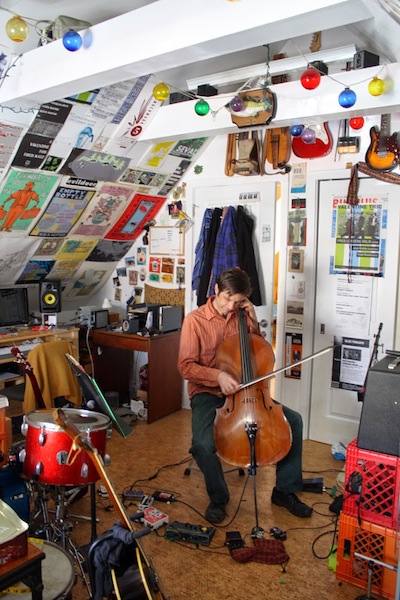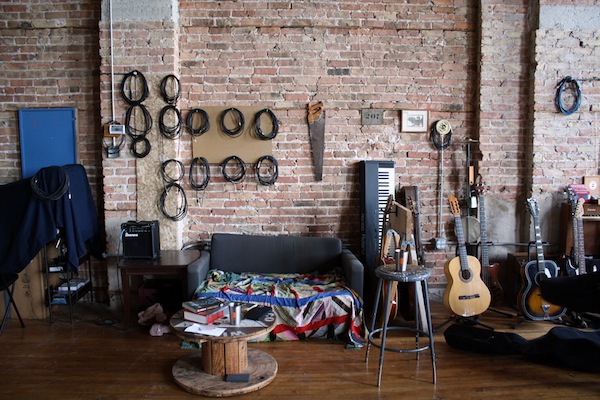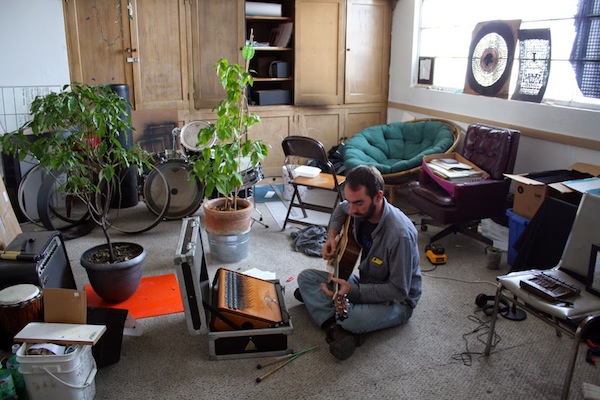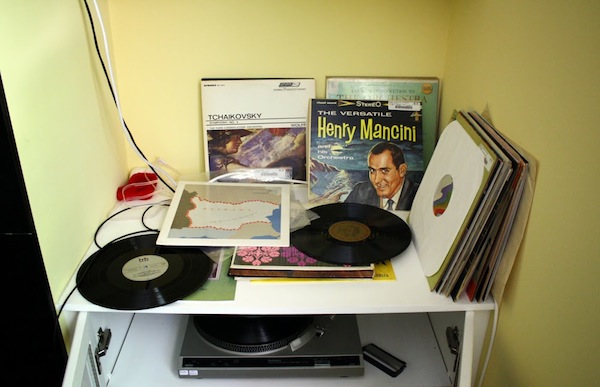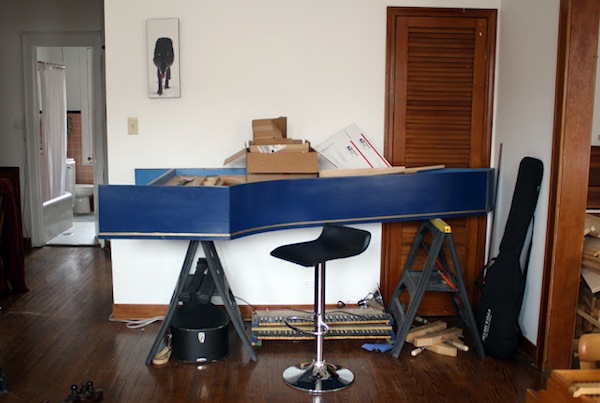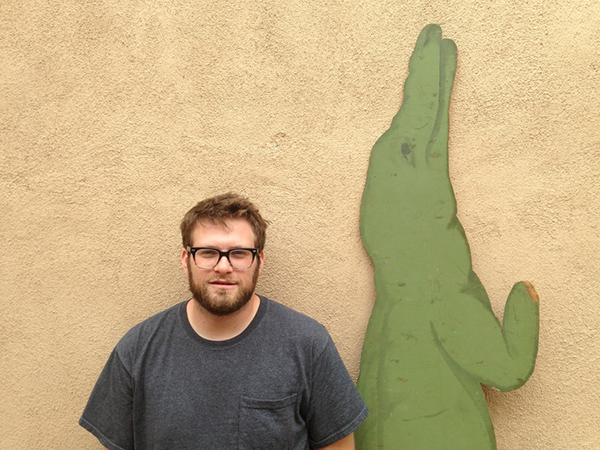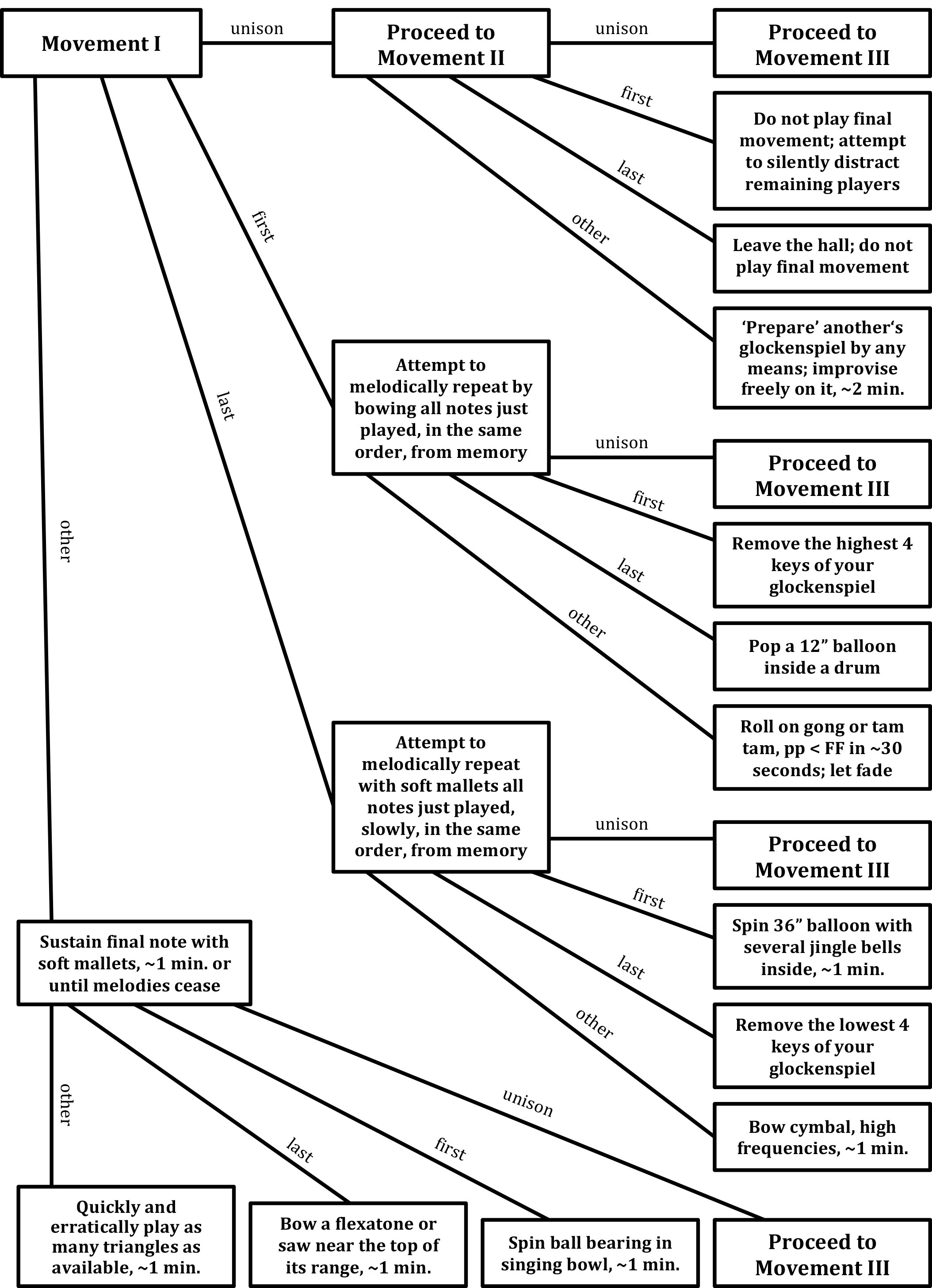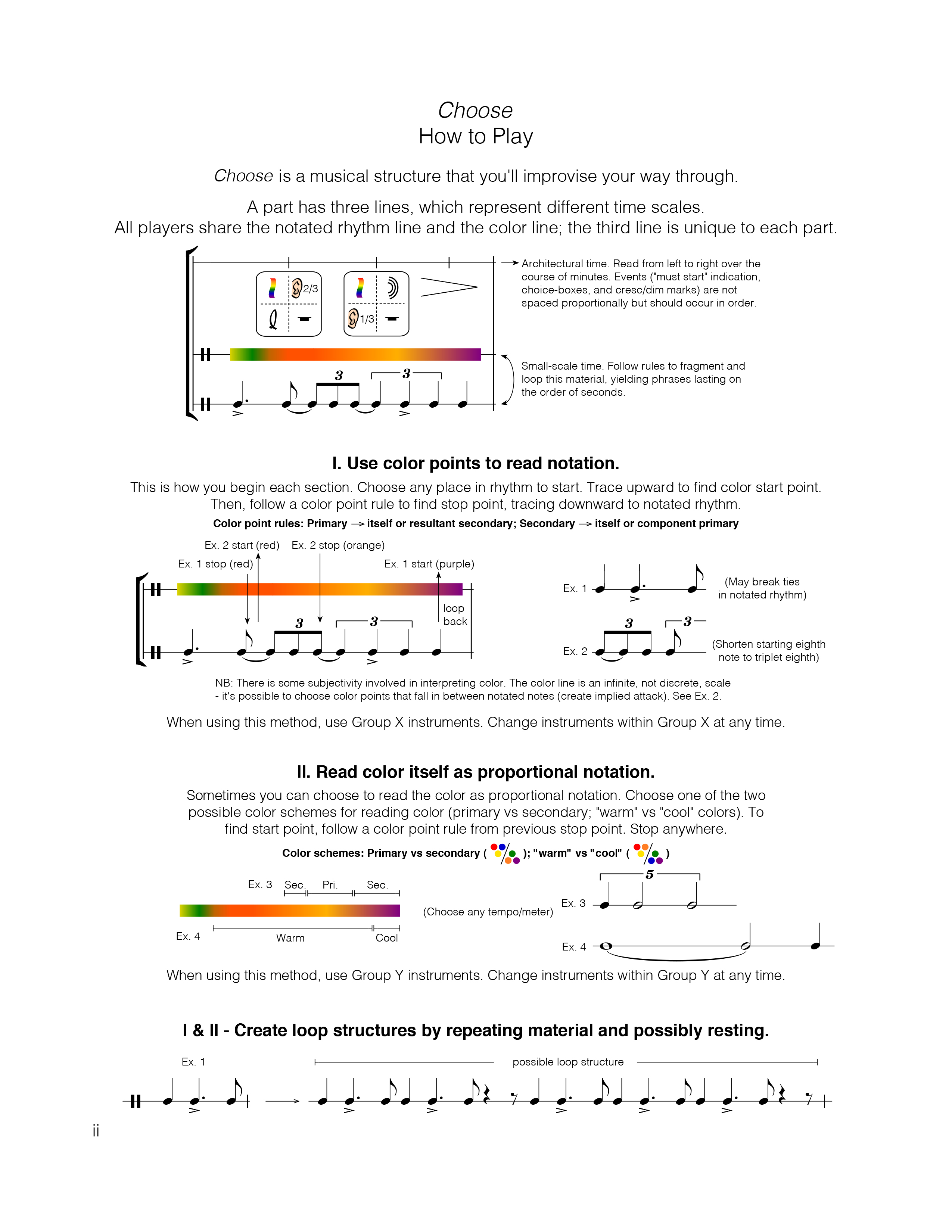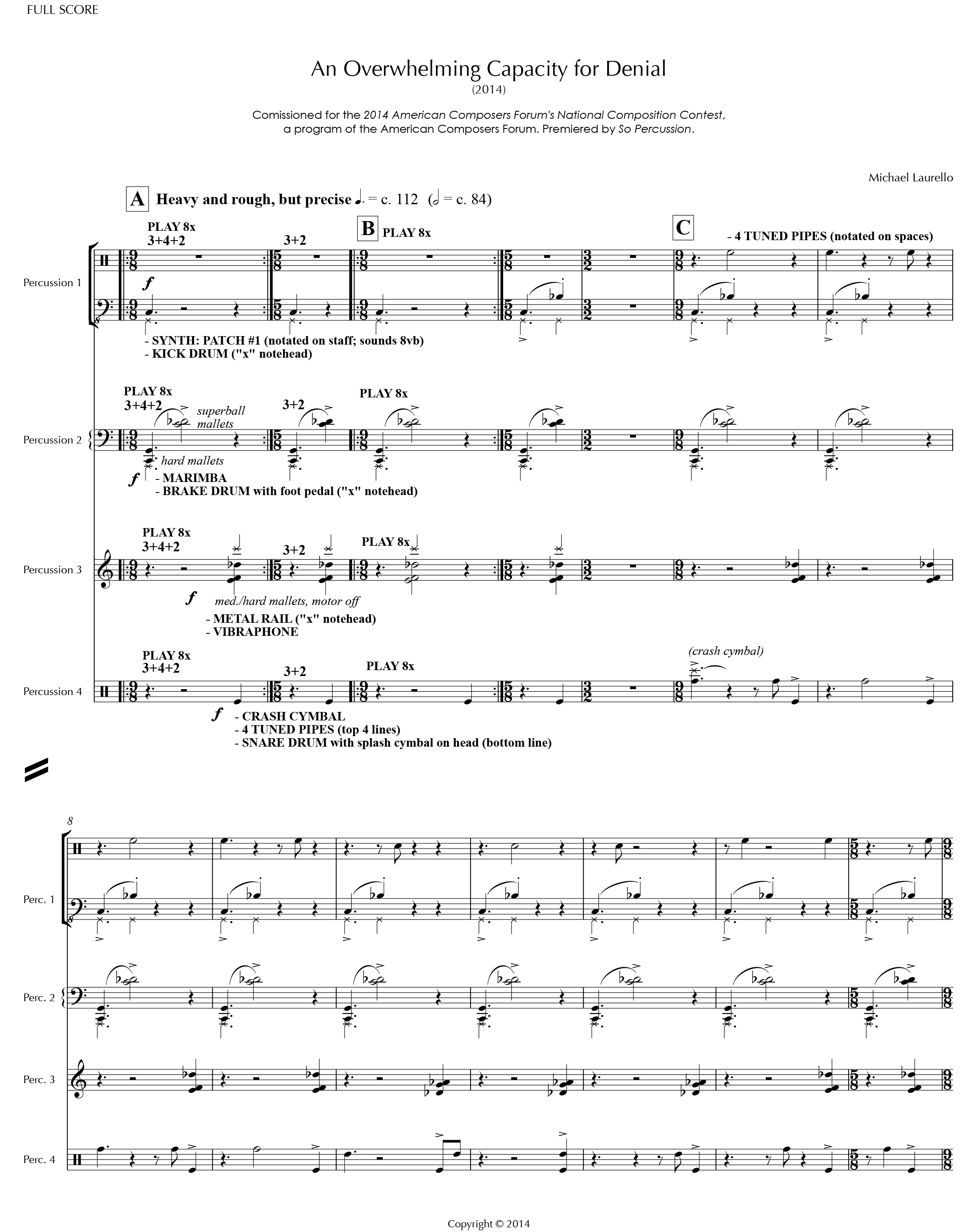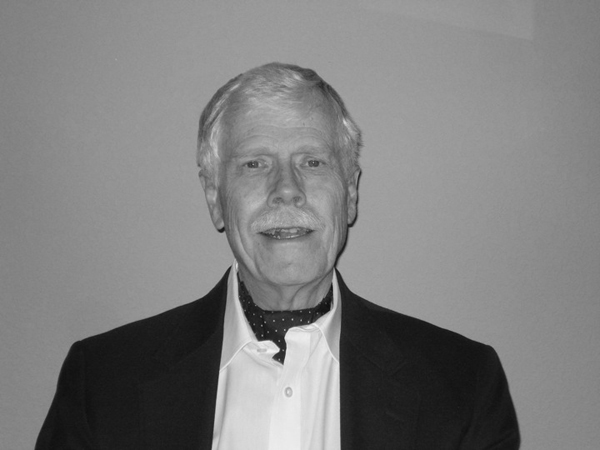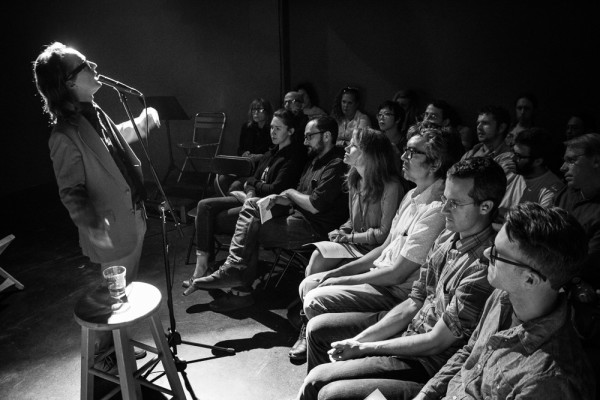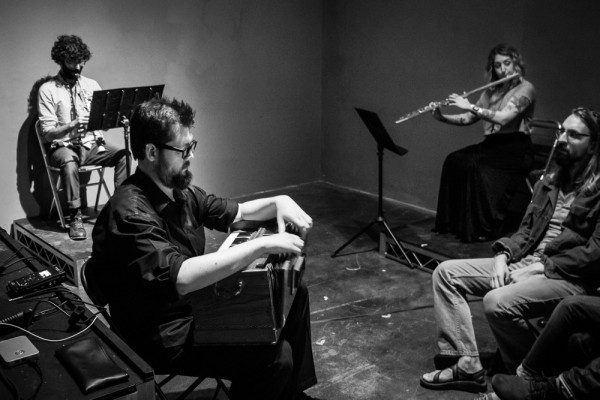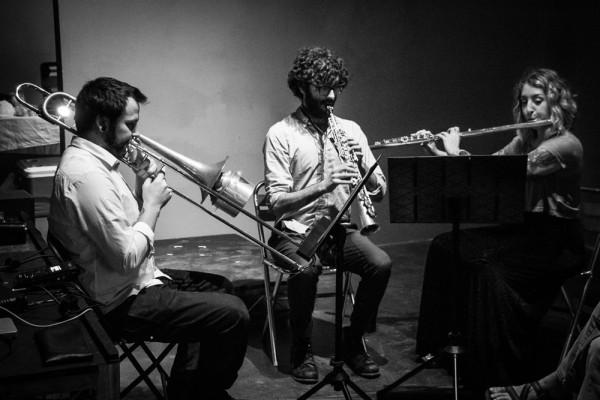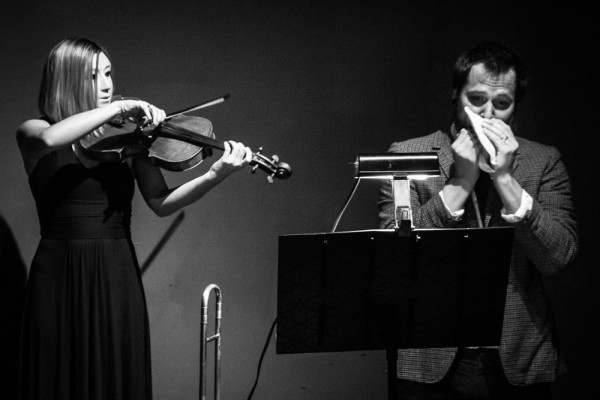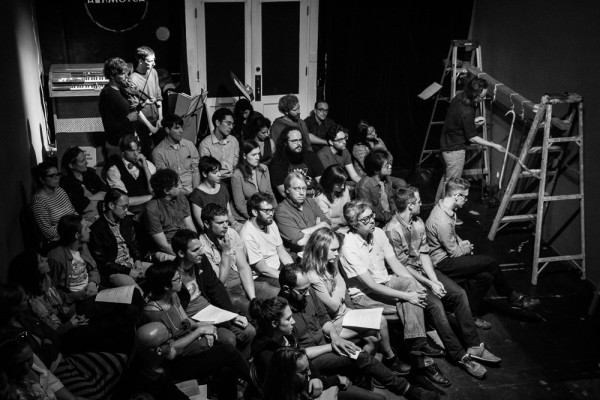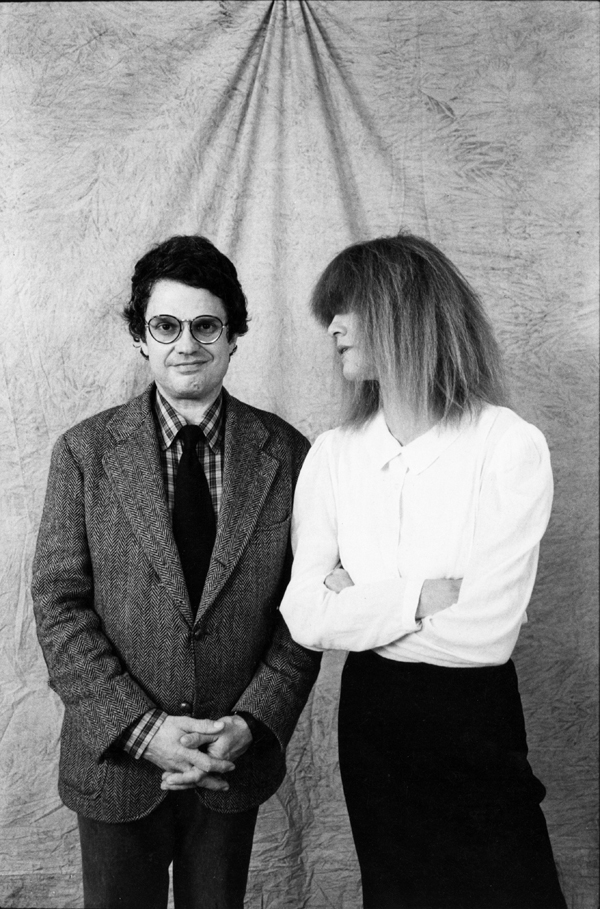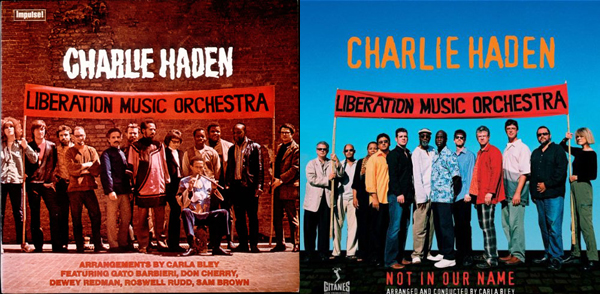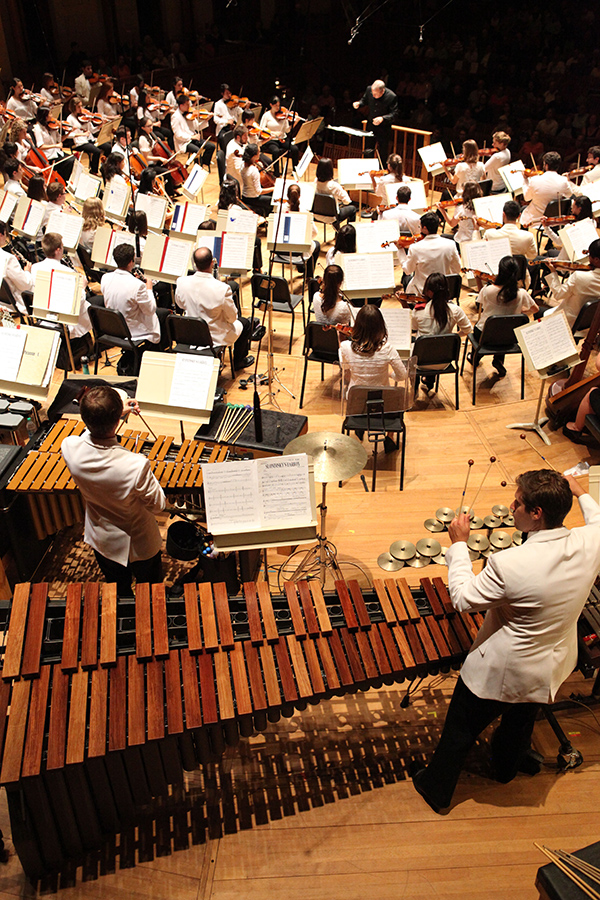

Stefan Asbury leading the TMCO in Roger Sessions Concerto for Orchestra. Photo by Hilary Scott
It is essential that the company be a big one
It should be at least big enough
So that nobody knows exactly
What anyone else is doing
—Frank Loesser, How to Succeed in Business Without Really Trying
Monday of last week I was at Tanglewood’s Ozawa Hall, sitting in front of a chatty old lady. (The first rule of Tanglewood: you will always be sitting in front of a chatty old lady.) This was the final concert of the Festival of Contemporary Music (which I reviewed for the Boston Globe), and the Tanglewood Music Center Orchestra and conductor Stefan Asbury kicked off the program with an old-school favorite of mine: Roger Sessions’s Concerto for Orchestra.
It was not a favorite of the lady behind me. This, in and of itself, is not that surprising. It was a great performance, but Sessions is an acquired taste (one that I am happy to have acquired). But it was the way she talked about it that caught my ear. “It’s not successful,” she kept saying, all through the changeover to the next piece. “It’s not a successful piece of music.”
I’ve probably heard (and used) a similar construction dozens of times, but she was so fixed on that terminology that it just started to sound weirder and weirder. It wasn’t successful. It’s an unsuccessful piece.
What does that even mean?
***
It was pretty clear what it meant in this specific case. She didn’t like it. She just wanted a more objective-sounding way of saying that. For all the criticism of the avant-garde modernist habit of deflecting personal responsibility by reference to some realm of impersonal, the-music-goes-where-it-has-to-go autonomy—here’s a handy example—it’s worth noting that the avant-garde’s discontents do the exact same thing. It’s the style that’s bankrupt; it’s the music that’s unsuccessful. (It’s not me; it’s you.)
So: is this piece successful? From a professional standpoint, Sessions’s Concerto was, in fact, a huge success. It was commissioned and premiered by the Boston Symphony Orchestra. It got great reviews. The BSO recorded it, and the recording got great reviews. It won the Pulitzer Prize. But those are, perhaps, merely career-based externalities, and the buzzwordiness of that phrase is some indication that inherent musical quality is not its inevitable companion. These are the sort of markers that are easiest to dismiss (up to a point: everybody hates the Pulitzer Prize until one of their favorite composers wins the thing).
I think (I hope) I’ve been a little more specific with “successful” and “unsuccessful” when writing or talking about music, measuring it against some given goal: either a composer’s-note mission statement for the piece, or some sort of dramatic necessity, or some trajectory that the music seems to be implying so strongly that to abandon it would be perverse. But a lot of times, I am left in the dark as to those goals. When it comes to, say, a major work by an 85-year-old Roger Sessions, I tend to assume that the composer knew what he was doing, that what we’re hearing is what he intended us to hear. Not being exactly what one wants to hear seems like a pretty thin rationale for judging whether a piece of music succeeds or doesn’t.
The consensus of the group behind me seemed to be that the Concerto wasn’t flashy enough, that it didn’t justify its massive ensemble and its title with sufficient musical fireworks. To be fair, Sessions doesn’t have the generous glitter of that other BSO commission, Bartók’s Concerto for Orchestra—if that’s your benchmark, then the piece is going to seem unsuccessful. The question—an old one—is whether or not the listener has some responsibility to try and meet the music on its own terms.
My favorite part of the Sessions Concerto is about a third of the way through (starting at measure 126, if you’re the type to have a score lying around). The winds start to melt away, a couple of the horns fizz up their section with a few measures of stopped notes, and then a Largo section begins with about 45 seconds of nothing but the brass softly winding around each other then suddenly erupting into a brief flame. It’s like musical lava. I could pat myself on the back for enjoying what Sessions is doing at this moment, for getting it, but that’s false, too—the piece isn’t successful just because it’s unwittingly pandering to what I like any more than it’s unsuccessful for not pandering to someone else’s preferences. Still, I think there’s something valuable in getting out of your own way as a listener. I take the Concerto’s Gordon-Willis-photographs-the-Second-Viennese-School sound as something Sessions intended, and find that there’s a lot of beauty in that sound.
While I was out at Tanglewood, I gave a lecture to the Boston University Tanglewood Institute students about their following-weekend orchestra concert, which included Sibelius’s Pohjola’s Daughter and Rimsky-Korsakov’s Scheherezade. While doing research for the talk, I ran across Rimsky-Korsakov’s wonderfully dry reaction (as reported by Stravinsky) to hearing Sibelius’s Second Symphony for the first time: “Well, I suppose that is also possible.” I decided to make it my mantra for the Festival, a little amulet of equanimity—the music might be good, it might be bad, but before anything, it is what it is, independent of what I wish it was. I still didn’t like every piece on the Festival. But I probably enjoyed the possibilities more than I might have otherwise.
***
Not long ago, I had a dream, part of which involved a fictional piece of music. (Another part involved Monty Python’s Flying Circus being filmed in northern New England, thanks, somehow, to an unsettled border dispute with Canada. Have at it, Jungians.) I don’t remember the (also fictional) composer or title, but I do remember that a recording and score of the piece came packaged with a very Jack Kirby-ish comic book, all far-out, cosmic pop mythology. The music itself was electronic, analog-synthesized nasality and ping, garnished with fashionable atonal and aleatoric features, but on a foundation that had the comfortable structure of a Hollywood soundtrack. The final section of the piece was a setting of a passage from some medieval, Vico-like bit of mysticism, the portentous narration filtered through some early version of a vocoder.
It was, in other words, just about the most late-’60s-America artifact one could possibly imagine. And that’s how it was perceived in the dream world, too. Everyone I was hanging out with in the dream—musicians all—knew the piece; it was one of those grad-school cult pieces, not part of the standard repertoire, but common knowledge among current and former composition students, say. In the dream, a lot of my friends were kind of rolling their eyes at the piece, at its cheesiness, its datedness, its lack of restraint. But that was just why I liked it, the fact that it was so over-saturated with its own zeitgeist.
I woke up and wondered how much American history you could map out this way—with pieces from the classical repertoire that were so much of their own time that they never really escaped it, either aesthetically or, in performance-frequency terms, literally. I didn’t get very far, to be honest. But I did realize one thing: any piece that fit these criteria was, by definition, on some level, unsuccessful.
But, as with that dream-world piece, that tends to have a lot to do with why I like them. The two strongest candidates I came up with—Marc Blitzstein’s Airborne Symphony for the 1940s and Philip Glass’s Songs from Liquid Days for the 1980s—are both pieces that I love. They’re also both pieces that, from one angle, are flawed and dated. But, from another angle, they’re pieces that bring to the fore ideas and aspects of music that more conventionally successful pieces never do.
Songs from Liquid Days is particularly rich in this regard. For those who might have missed it (still reeling, perhaps, from Boy George’s appearance on The A-Team), Songs from Liquid Days was a 1986 album for which Glass set texts by various pop/art-pop artists (Paul Simon, Suzanne Vega, David Byrne, Laurie Anderson) then recruited a bunch of different pop artists (Janice Pendarvis, longtime Rolling Stones backup Bernard Fowler, Linda Ronstadt, The Roches) to sing the results. If that sounds like a mish-mash, well, it is. And my first reaction to something like “Changing Opinion,” the opening track—both when I first heard it and when I recently pulled the album out again—was that all those different contributions, all those agendas, pulled the piece in too many contrary directions.
Which is exactly what I found most compelling about it the second and third times around. Each of the components—the Wagnerian harmonies, the R&B vocals, the nouvelle vague realism/surrealism of the lyrics—is thrown back on itself by the others, until it’s concentrated and pure. The stylistic essences are amplified by the sheer incompatibility. Even its period-piece-ness is profound, tapping into aspects of the era that tend to get sanded away by the retro-culture industry. (“Liquid Days (Part I),” with The Roches warbling in close harmony, nails the antiseptic nostalgia that saturated the ’80s better than any other piece I can think of.)
Is that what the piece set out to do? Nevertheless, it’s what the piece does. Or (to exorcise that autonomous musical realm) it’s what I think it does. And I think it’s pretty successful at it.
***
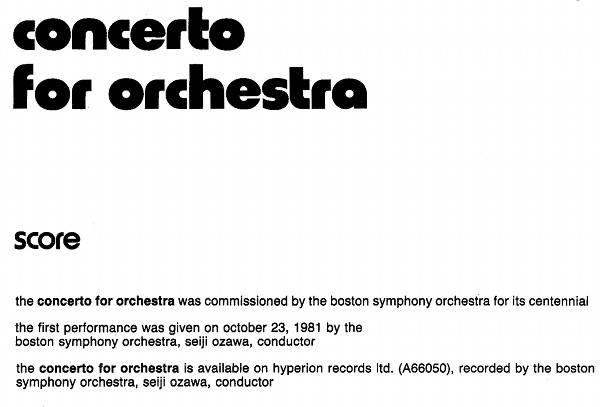
A lot of people, I suppose, would call Sessions’s Concerto for Orchestra a period piece. I can hear something of that. I hear a particular, post war wing of the new-music establishment. I hear its late-’70s, early-’80s twilight. I hear the pre-World War II Vienna from which Sessions drew so much inspiration. But I also hear the years right around 1990—when I first got to know the piece in college. I listened to a lot of postwar atonal modernism in college. I listened to a lot of everything in college, mainly because I didn’t know a lot of it, and mainly because my musical taste was unformed enough that piling in additional, sometimes contradictory evidentiary material was still easy and fun, like filling a library rather than culling it.
Sessions’s Concerto was commissioned for the BSO’s centennial. He had also been commissioned for the BSO’s 75th anniversary, writing his Third Symphony—a big-canvas culmination of his first explorations of serialist techniques. Cyrus Durgin, then the critic for the Boston Globe, was, it is fair to say, dismayed by Sessions’s Third:
What, then, are we to think? Is this music or not? Time will tell, of course, and all writers about art have been proved wrong at one time or another. But this morning is now, and I will say I do not believe it is music, or if it is, here is music of a curiously masochistic and perverse variety. (“Sessions’ New Third Symphony,” Daily Boston Globe, December 7, 1957)
Give Durgin a little credit—he doesn’t make any pretense of lofty objectivity. This is what he thinks, at this particular time. But deciding whether or not something is a piece of music—that is some prime old-school criticism right there. In a post-tonal, post-serialist, post-Cagean, post-minimalist, post-modern atmosphere, that kind of statement has ceased to be useful, or even meaningful. Child of Tree might not be your cup of tea, but if John Cage, as disciplined a musician as there ever was, hears music in the prick of cactus needles, are you going to tell him he’s wrong? But I think that some people miss that sense of certainty. And I think that’s where a lot of that “successful/unsuccessful” type of critical terminology can start to creep in. I’ll confess: I miss it every once in a while, too.
One’s relationship with music is built up brick by brick, piece by piece, concert by concert, judgment by judgment. I like new music, which probably means that I have a higher tolerance than most for constantly demolishing and renovating that house of taste—which I sometimes think might be more of a sign of immaturity than anything: an 8-year-old’s glee at getting to pick up a sledgehammer and bash in the drywall of my own opinions.
Still, sometimes you just want to sit in your house. I sense this most when I go to a concert when I’m in a bad mood. (This is one consequence of our societal norm of putting concerts in the evening: you can fit in an entire crappy day before the first downbeat.) If I’m there in some professional capacity, that means extra work: talking myself into the possibility of an unexpected epiphany, tasking myself with finding some bit of the music worth praising, obsessively applying Cage’s prescription for boredom (“If something is boring after two minutes, try it for four. If still boring, then eight. Then sixteen.”) to keep from completely retreating into a daydream. My job is to recognize that I’m in a bad mood and filter it out; to suppose that whatever I’m hearing is, also, possible.
And then, often times, the concert filters it out for me, and I find that my bad mood has dissipated. How do I know? I find that I’m suddenly more alert. I’m more expectant. I’m more in the present. In short: I’m ready to be proven wrong. And I can’t wait.
Success.





